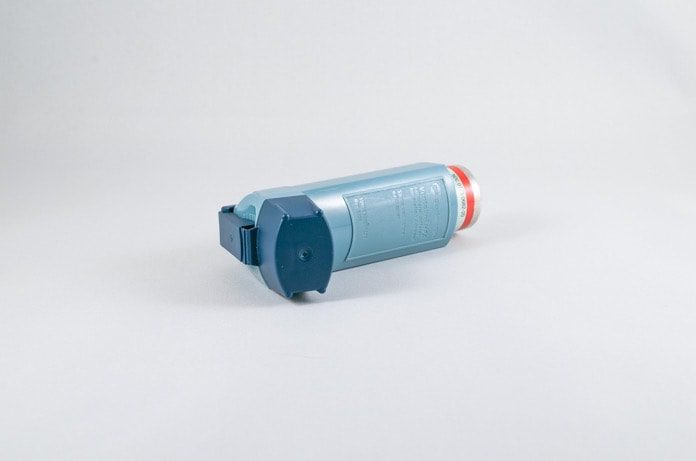Researchers attempt to identify a therapeutic target that encourages respiratory muscle relaxation to provide asthma relief.
Asthma causes respiratory problems, which can manifest as wheezing and chest tightness. It is a common affliction that affects about 10% of the US population. There has been much research focused on discovering therapeutic targets for asthma relief, such as the use of beta2-agonists. Unfortunately, there are undesirable outcomes, such as the loss of asthma relief effects when used several times in a day, and immunosuppressive effects when beta2-agonists are paired with their common partner, corticosteroids.
The smooth muscles that line the airways are known to narrow airways in asthma attacks. Consequently, much research is being invested in understanding the not well-known mechanism of these airway smooth muscle cells (ASMCs) in asthma relief. Yin and colleagues conducted a series of experiments to determine what are the protein effector, receptor, and potential therapeutic target on said receptor that could promote the relaxation of ASMCs. This study, conducted in China, was recently published in Science Translational Medicine.
The Effector Associated with Asthma Relief is MT-2
The researchers examined the role of MT-2 in the lungs of asthmatic rats. They found that the levels of the effector, MT-2, was downregulated by 50% in these rats, compared to healthy controls. MT-2 is a part of a class of proteins (metallothionein proteins) that play a role in oxidative stress. The authors suggested that MT-2 under-expression may play a role in asthma symptom manifestation and therefore an increase in MT-2 expression may provide asthma relief. This conclusion was supported by the injection of MT-2 in asthmatic rats, which showed some signs of asthma relief. In addition, MT-2 also seemed to show higher levels of effectiveness with a smaller dose compared to other drugs, such as corticosteroids.
The MT-2 Effector Interacts with the TG2 Protein Receptor to Promote Asthma Relief
They used a typical marker for the cellular membrane, 125I-labeled MT-2, to determine that there was only one receptor to which MT-2 was binding in ASMCs. With this information known, they then determined that transgelin-2 (TG2) was the receptor, because the marker would only be inhibited from working on the ASMCs when there was an anti-TG2 antibody present. With microscopy, they could confirm the high colocalization (over 95%) between MT-2 and TG2, providing further evidence of their interaction in asthma relief. They were also able to demonstrate that knocking out TG2 in mice would result in asthma-susceptible mice.
Potential Therapeutic for Asthma Relief
They then tried to see if they could determine an agonist that could control the relaxation of the ASMCs. They screened for 6000 molecular compounds from their database and found that TSG12 was a promising agonist able to bind TG2 and could relax rat ASMCs. They compared two asthmatic mouse models with TG12 and found that inhaling TG12 was able to reduce the pulmonary constriction in asthma, providing asthma relief.
Conclusions and Limitations of the Study
In conclusion, the researchers were able to determine that the MT-2 receptor and its corresponding effector, TG2, play a role in ASMC relaxation, needed in asthma relief. The agonist of TG2, TSG12 may be used as a stimulator of asthma relief. Future studies would have to address the limitations of this potential drug. Despite current work, there is still not a full understanding of the asthma pathway. Caution should be expressed in any conclusions drawn from this study until further research on the pathway has been done, especially since there is evidence that MT-2 interacts with enolase-1, a glycolytic enzyme, in vitro, which may have unknown potential biological ramifications.
Written by Olajumoke Marissa Ologundudu B.Sc. (Hons)
Reference: Yin LM, Xu YD, Peng LL, Duan TT, Liu JY, Xu Z, Wang WQ, Guan N, Han XJ, Li HY, Pang Y, Wang Y, Chen Z, Zhu W, Deng L, Wu YL, Ge GB, Huang S, Ulloa L, Yang YQ. Transgelin-2 as a therapeutic target for asthmatic pulmonary resistance. Science Translational Medicine. 2018;10(427): eaam8604. doi: 10.1126/scitranslmed.aam8604.



